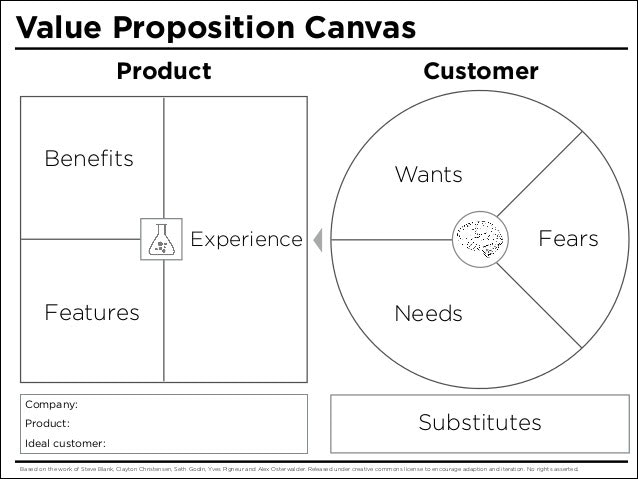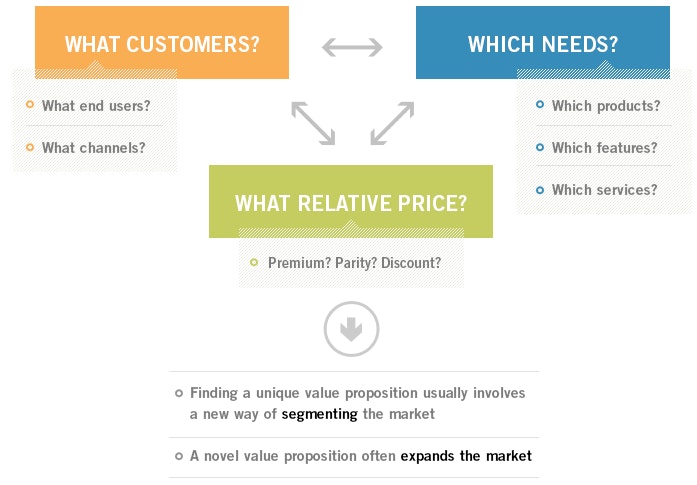How to Develop a Strong Value Proposition for Your Brand
A strong value proposition sets your brand apart. It speaks directly to your audience.
Creating a compelling value proposition is crucial for business success. It clearly communicates what makes your brand unique and why customers should choose you over competitors. Without a strong value proposition, your brand may struggle to attract and retain customers.
This blog post will guide you through the essential steps to develop a powerful value proposition for your brand. You’ll learn how to identify your unique strengths, understand your target audience’s needs, and craft a message that resonates. By the end, you’ll have a clear, concise statement that highlights your brand’s value and appeals to your customers.

Credit: fastercapital.com
Table of Contents
Identify Your Target Audience
Identifying your target audience is the first step in creating a strong value proposition. Knowing who you are speaking to helps tailor your message. This ensures it resonates with the right people. The more specific you are, the better you can meet their needs. Start by researching demographics and analyzing customer needs.
Research Demographics
Demographics give you essential information about your audience. This includes age, gender, location, income, and education level. Use surveys and social media analytics to gather this data. Look at your current customers to identify patterns. Knowing these details helps you understand who your audience is.
For example, if your main customers are young adults, you can create content that appeals to them. If most of your audience lives in urban areas, focus on city life in your messaging. Tailoring your content based on demographics makes your brand more relatable.
Analyze Customer Needs
Understanding what your customers need is crucial. This helps you offer solutions they care about. Start by reading reviews and feedback on your products. Pay attention to common issues and desires. This gives you insight into what your audience values most.
Conducting interviews can also provide deep insights. Ask your customers about their pain points and what they seek in a product. Use this information to refine your value proposition. Make sure it addresses their specific needs and concerns.
By analyzing customer needs, you can create a message that speaks directly to them. This builds trust and shows that you understand their problems. When your audience feels understood, they are more likely to choose your brand.
Analyze Competitors
Analyzing competitors is crucial for developing a strong value proposition. Understanding what others in your industry offer helps you position your brand uniquely. This process involves identifying your main competitors and evaluating their strategies.
Identify Key Competitors
Start by identifying your key competitors. Look for brands that offer similar products or services. Check their market share and customer base. You can use online tools and social media to gather this information. Knowing who you compete with gives you a clear picture of the market.
Evaluate Competitor Strategies
Next, evaluate your competitors’ strategies. Study their marketing campaigns and promotional tactics. Analyze their pricing models and customer service approaches. Look at their strengths and weaknesses. This helps you understand what works and what does not in your industry.
Pay attention to their value propositions. See how they communicate their unique selling points. Identify gaps in their offerings that you can fill. This helps you create a value proposition that stands out.
Define Unique Selling Points
Highlight what makes your brand different from competitors. Focus on unique features or benefits that your products offer. This forms the core of your value proposition.
Defining Unique Selling Points (USPs) is crucial in developing a strong value proposition for your brand. Your USPs differentiate you from competitors, making your brand stand out in the market. They answer the question: Why should customers choose you over others?Highlight Product Benefits
Start by identifying the direct benefits your product offers. Benefits relate to how your product or service improves your customers’ lives. For example, if you sell a skincare product, the benefit could be smoother, healthier skin. Think about what problems your product solves and how it makes life easier or better for your customers. Consider gathering feedback from existing customers to understand what they value most. Use their insights to refine your messaging. It’s essential to communicate these benefits clearly and concisely.Showcase Unique Features
Next, focus on the unique features of your product. These are specific aspects that set your product apart. For instance, if your skincare product contains a rare, effective ingredient not found in competitor products, highlight this. Ensure you explain why this feature is valuable. Think about features that are difficult for competitors to replicate. These could be related to quality, design, technology, or even customer service. Consider creating a comparison table to show how your features stack up against competitors. This visual aid can help potential customers quickly grasp your product’s unique advantages. To wrap up, always keep your audience in mind. Speak directly to their needs and preferences. By clearly defining and showcasing your USPs, you make a compelling case for why customers should choose your brand.
Credit: www.helpscout.com
Craft A Clear Message
Crafting a clear message helps develop a strong value proposition for your brand. Focus on what makes your brand unique. Communicate benefits clearly to your audience.
Crafting a clear message is essential for developing a strong value proposition for your brand. A concise and straightforward message ensures your audience understands what your brand offers and why it matters to them. Let’s dive into some practical tips on how to simplify your language and align it with your brand voice.Simplify Your Language
Keep your message simple. Avoid using complex words or jargon that might confuse your audience. Think about how you would explain your brand to a friend. Use clear and direct language that anyone can understand. For example, instead of saying “We facilitate the enhancement of user experience,” say “We make your experience better.” It’s easy to grasp and leaves no room for misunderstanding. Short sentences are your friend. They make your message punchy and memorable.Align With Brand Voice
Your brand voice should reflect your brand’s personality. Is your brand formal, friendly, or quirky? Your message should match this tone. Consistency is key. If your brand voice is casual and fun, stick to that across all your communications. This helps in building a strong identity. Consider your audience. If you’re targeting young professionals, your tone might be professional yet approachable. Tailor your message to resonate with them. To illustrate, if your brand is playful, you might say, “We bring fun to your daily routine!” Versus a more formal brand that might say, “Enhancing your everyday experience with innovative solutions.” Remember, your value proposition is not just about what you say, but how you say it. The right message will connect with your audience and make your brand stand out. Have you ever felt lost trying to understand a brand’s message? How did it affect your perception of the brand? Reflecting on these experiences can help you craft a clearer message for your own brand.
Credit: www.helpscout.com
Conclusion
Crafting a strong value proposition is vital for your brand’s success. It defines your unique offerings clearly. Customers understand why they should choose you. Focus on clear, concise language. Make your benefits obvious. Regularly review and refine your value proposition.
Stay aligned with market needs. This strengthens your brand presence. It helps build customer trust. A powerful value proposition drives growth. Keep it simple and compelling. Your brand’s success depends on it.

